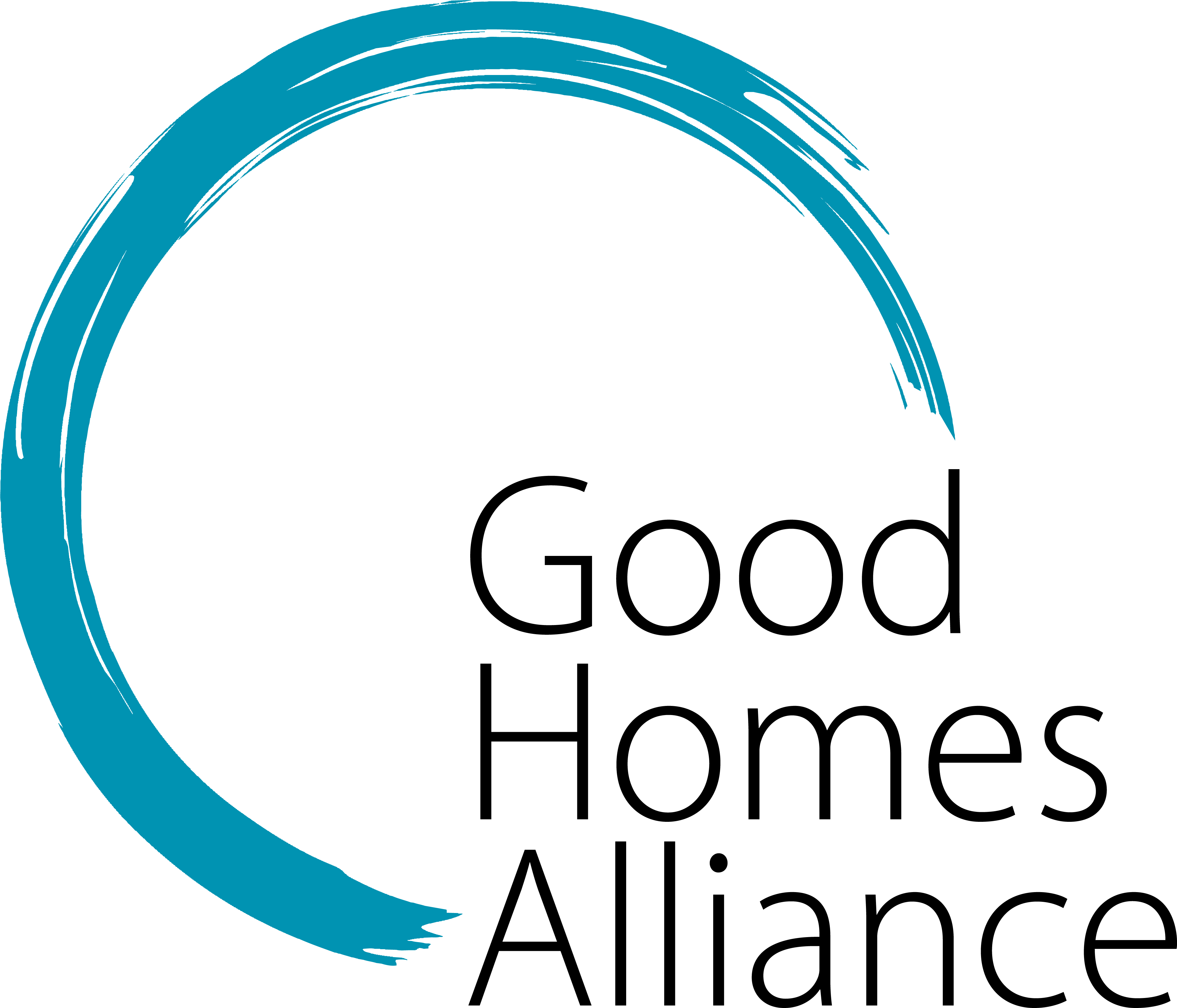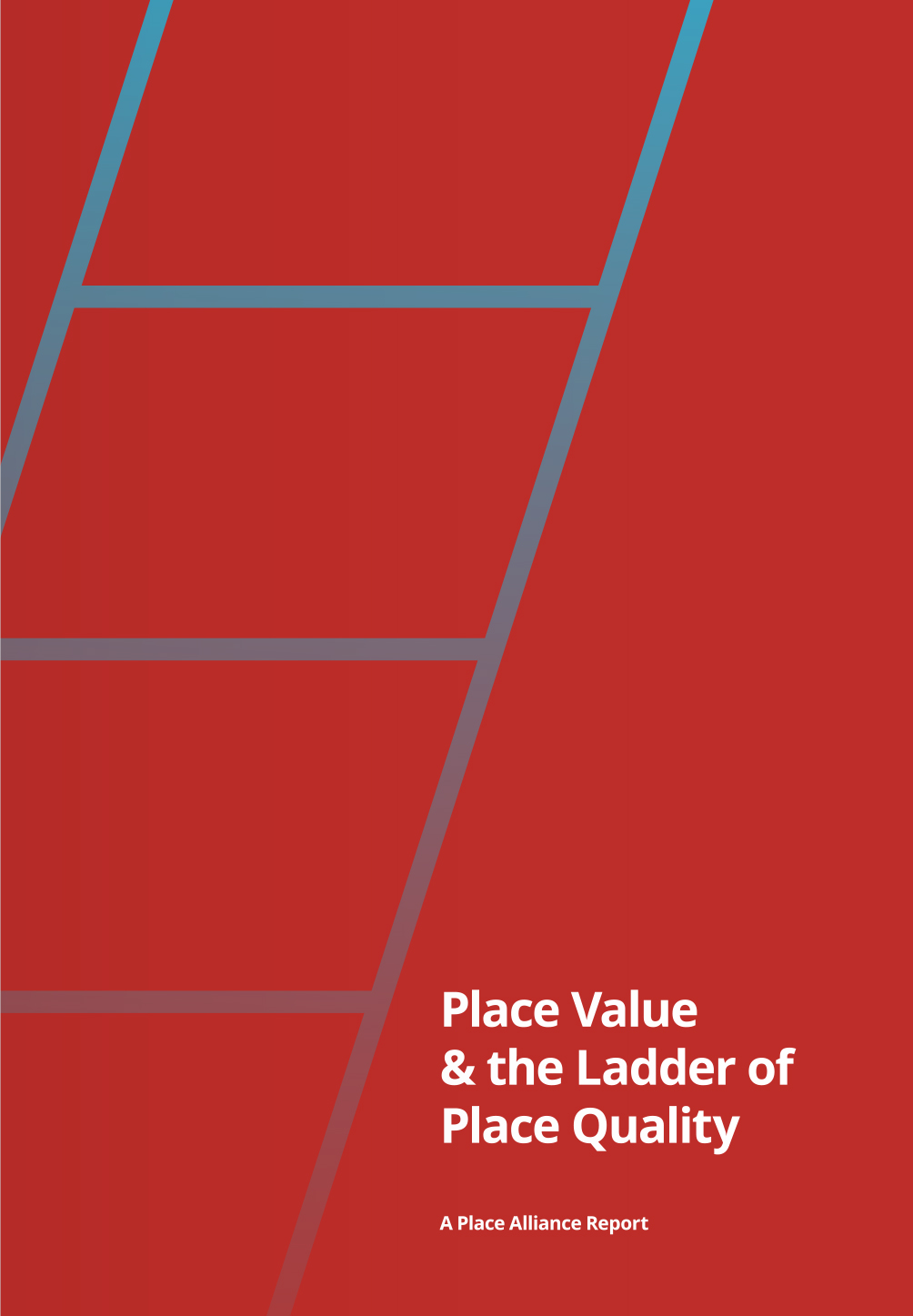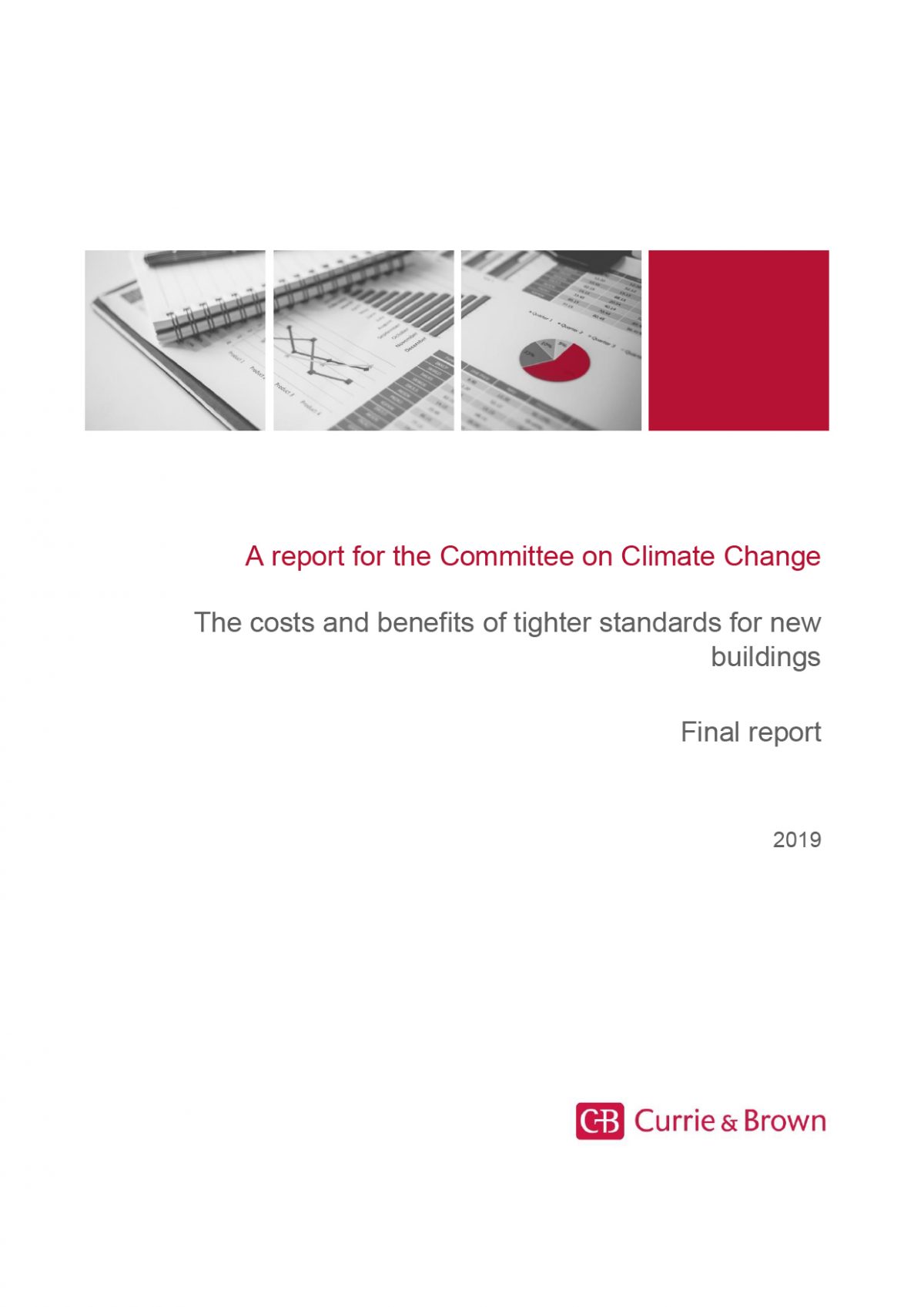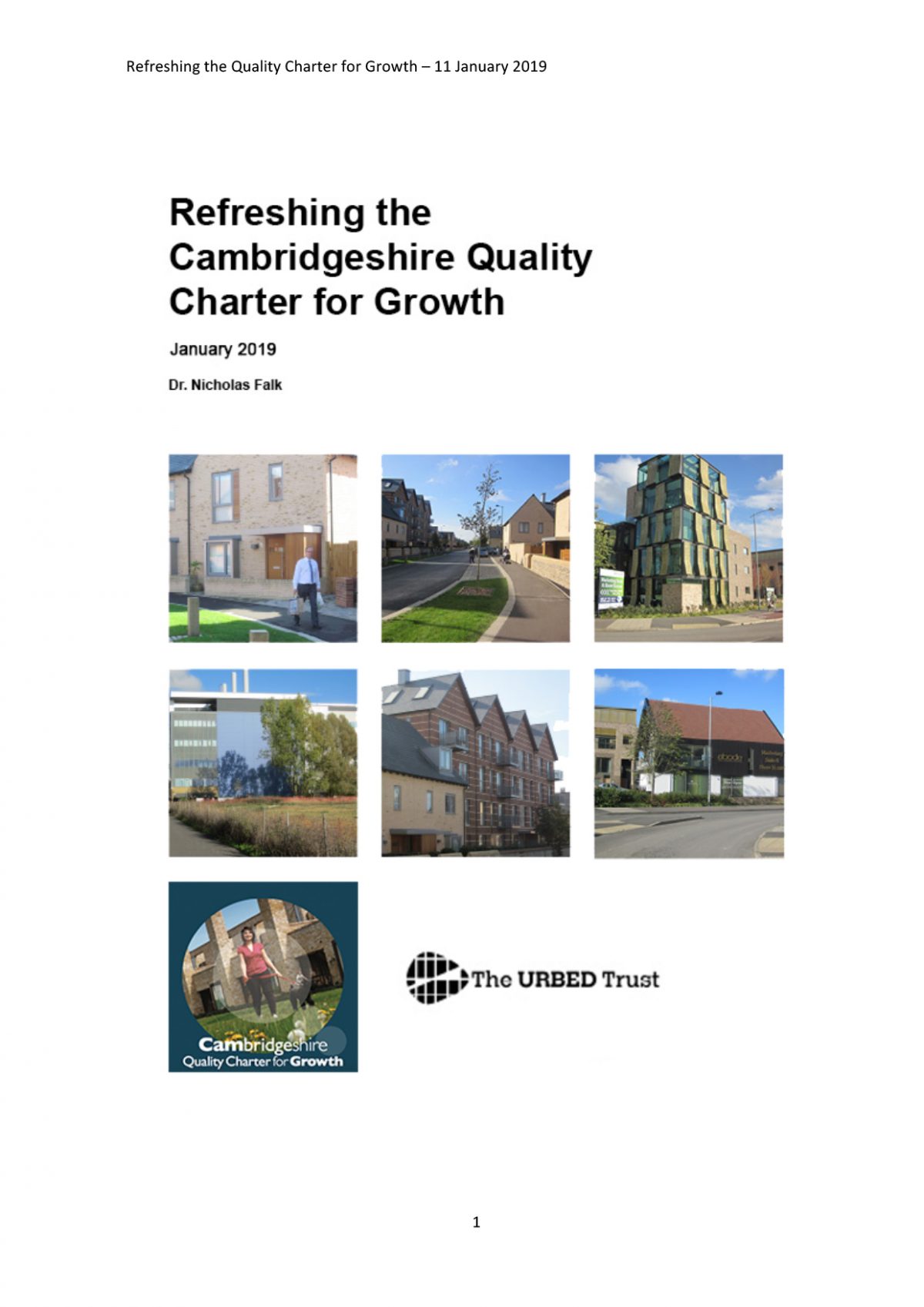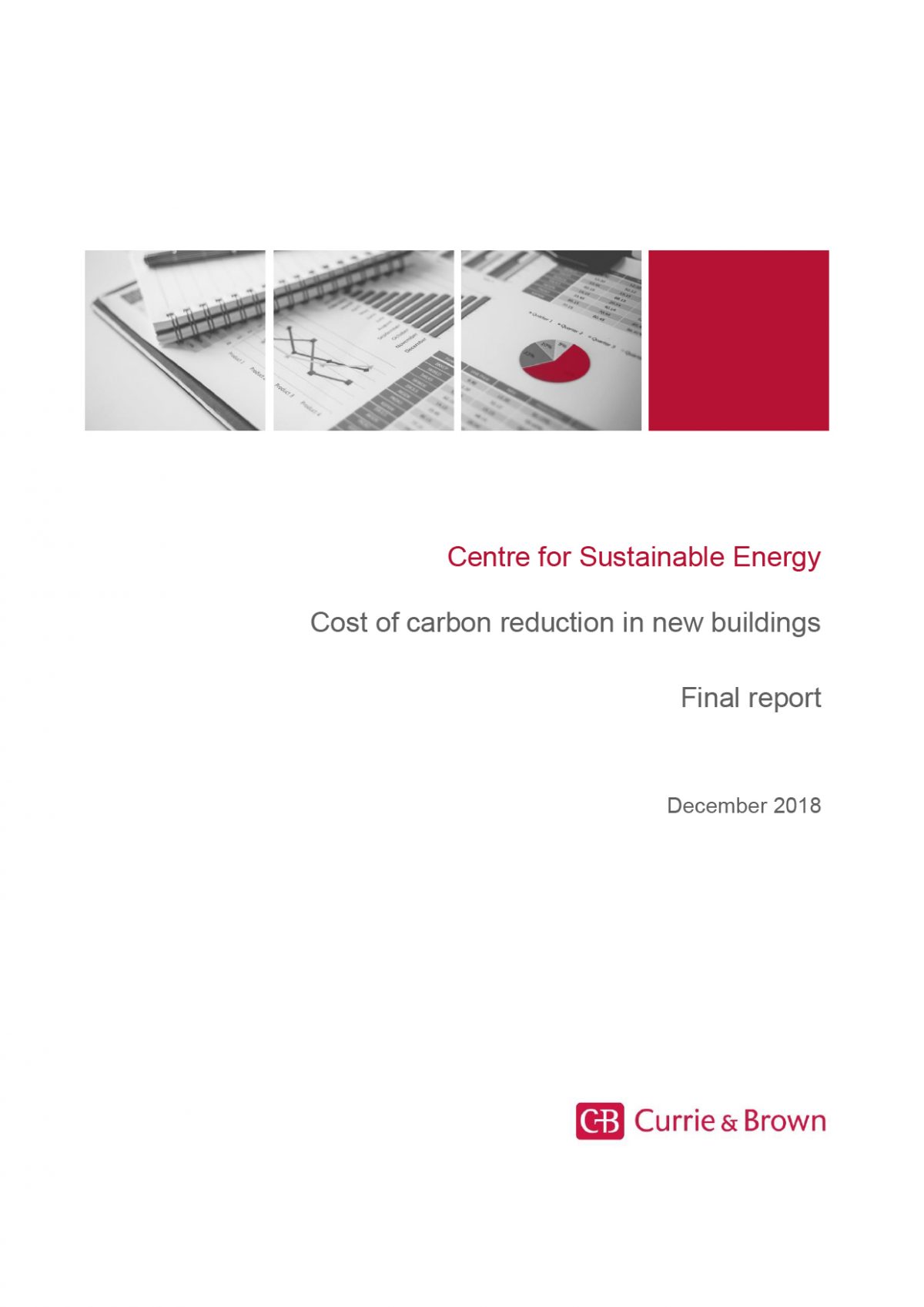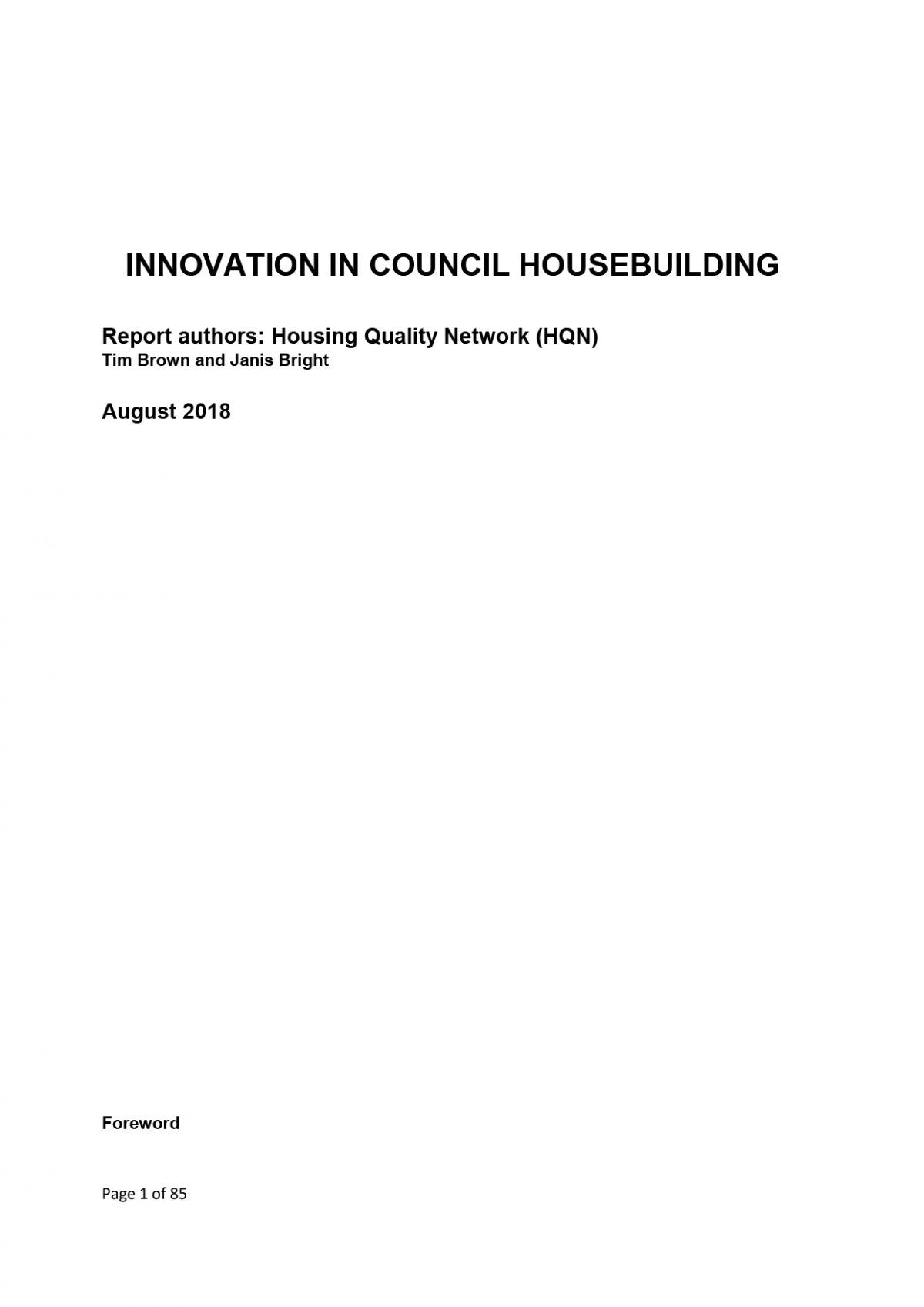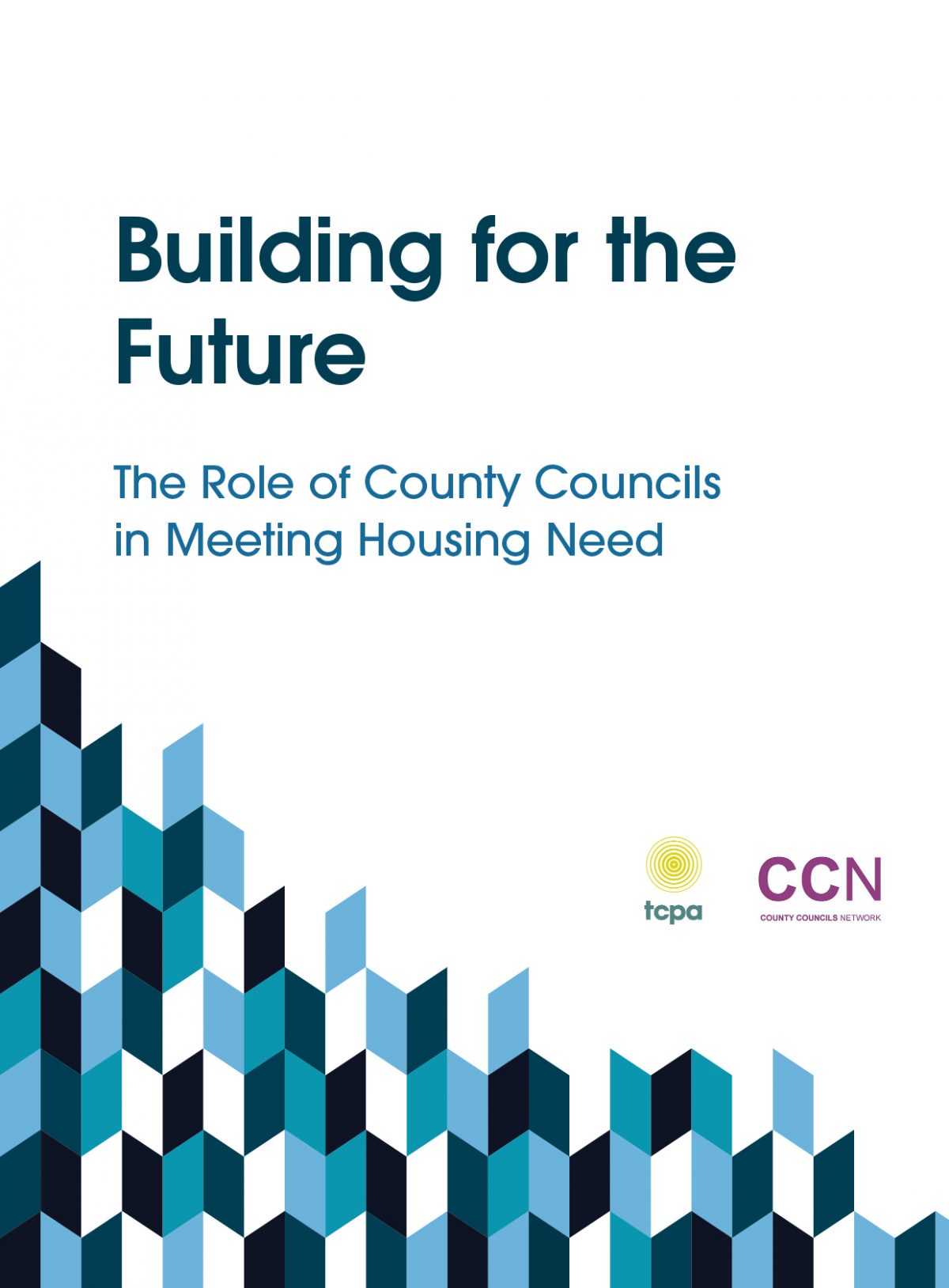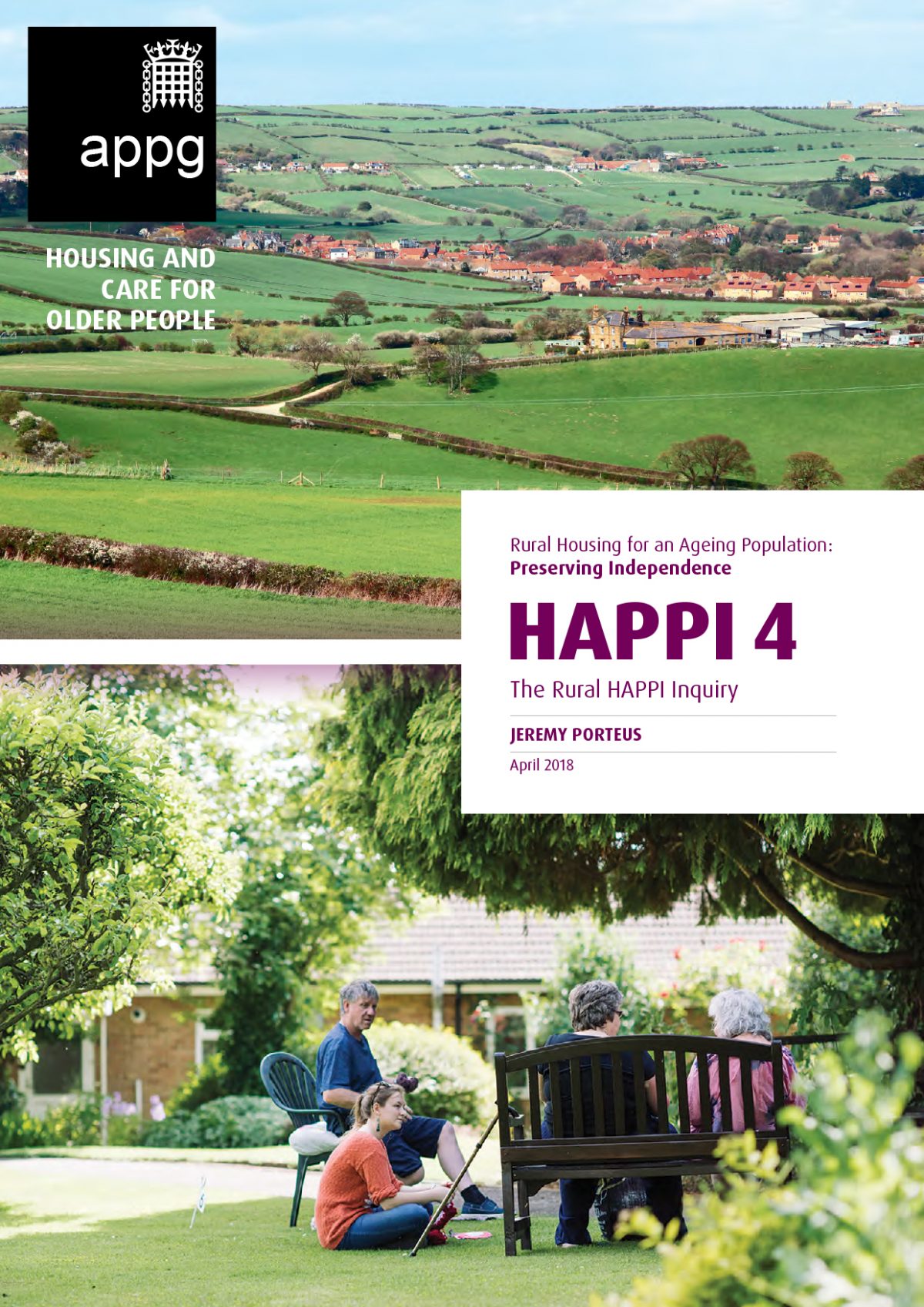The Mayor of London is taking a range of actions to improve the environment now, setting London on the path to create a better future.
The state of London’s environment affects everyone who lives in and visits the city – it helps Londoners to stay healthy, makes London a good place to work and keeps the city functioning from day to day.
In many ways London’s environment is improving, but it still faces a host of challenges. Toxic air, noise pollution, threats to our green spaces, and the adverse effects of climate change – they all pose major risks to the health and wellbeing of Londoners.
We need to act now to tackle the most urgent environmental challenges facing our city, as well as safeguard London’s environment over the longer term. We need to ensure that London is greener, cleaner and ready for the future.
This is the first strategy to bring together approaches to every aspect of London’s environment, integrating the following areas:
- air quality
- green infrastructure
- climate change mitigation and energy
- waste
- adapting to climate change
- ambient noise
- low carbon circular economy
Author: Mayor of London
Publication date: May 2018
DOWNLOAD FULL STRATEGY
DOWNLOAD EXECUTIVE SUMMARY
Further information: https://www.london.gov.uk/what-we-do/environment/london-environment-strategy
